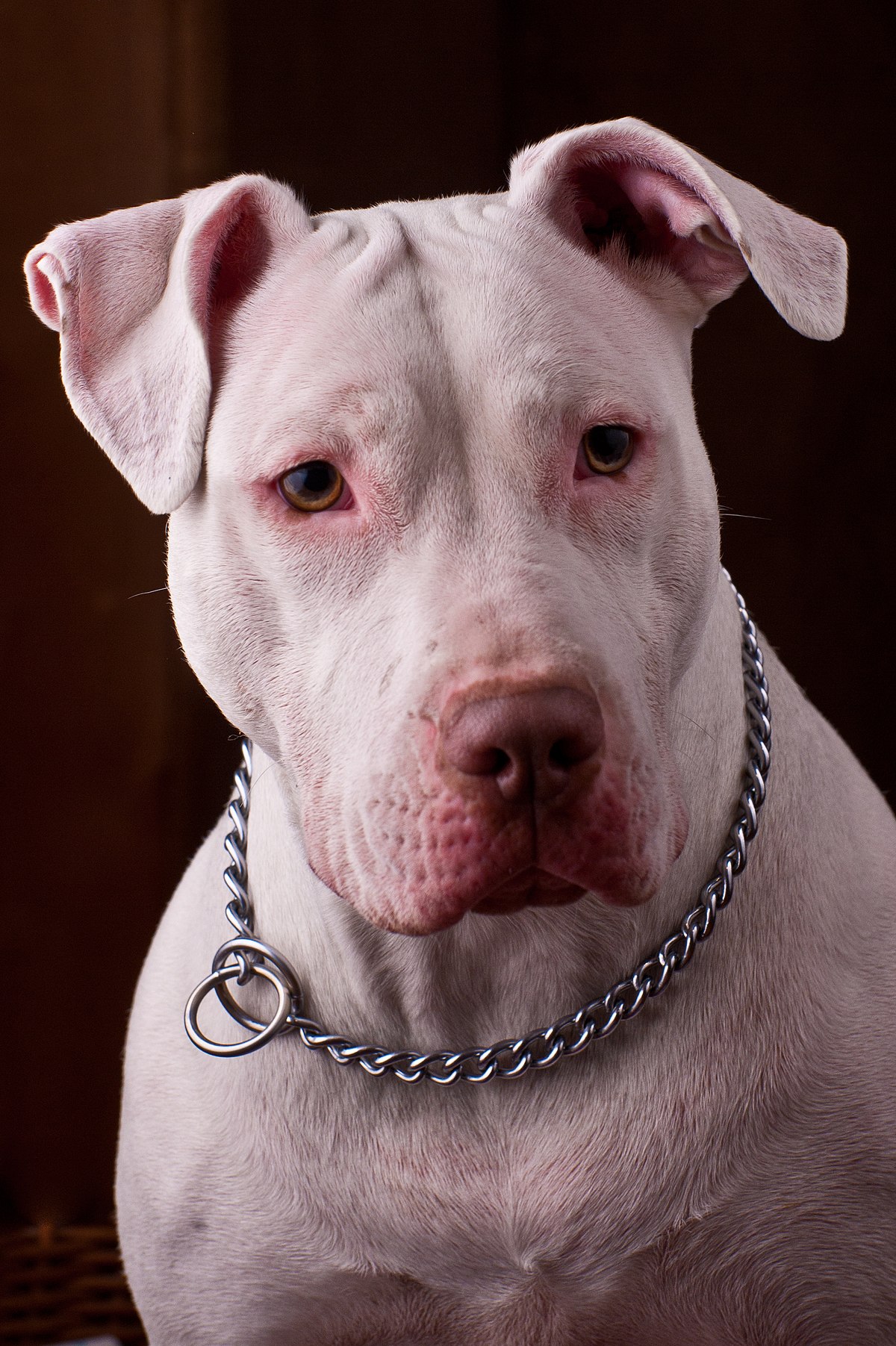The Pitbull is a breed that has captured the hearts of many dog lovers across the globe. However, its ethnic background often remains shrouded in misconceptions and misunderstandings. Initially bred for various working purposes, the Pitbull has evolved into a beloved companion for families and individuals alike. Understanding the ethnic background of the Pitbull breed provides insight into its characteristics, temperament, and the diverse cultural influences that have shaped its development over the years.
The history of the Pitbull is rich and complex, intertwining with the social fabric of various communities. These dogs were originally bred in the early 19th century in England, primarily for bull-baiting and later as farm dogs. As they made their way to the United States, they were embraced by various immigrant communities who appreciated their strength, loyalty, and versatility. This journey has contributed significantly to the breed's ethnic background, making them a symbol of resilience and adaptability.
Despite their nurturing and loyal nature, Pitbulls often face stigma due to their historical use in dog fighting and media portrayals. This negative perception overshadows their true essence, which is rooted in the companionship they offer and their diverse ethnic background. By exploring the history and influences behind the breed, we can better understand the Pitbull's role in society and the love they share with their families.
What Are the Origins of the Pitbull Ethnic Background?
The origins of the Pitbull ethnic background trace back to the early 1800s in England, where several breeds were developed to create the Pitbull we know today. The primary breeds involved in this creation were:
- Old English Bulldog
- Terriers (various types)
These dogs were bred for strength, agility, and tenacity, making them ideal candidates for bull-baiting—a cruel sport that was eventually banned. Following the ban, these dogs transitioned into various roles, including farm work and family companions, which began to shape their ethnic background further.
How Did the Pitbull Become Popular in America?
The Pitbull's journey to the United States began in the late 19th century. Immigrants brought these dogs with them, appreciating their loyalty and working abilities. In America, Pitbulls were often used as farm dogs, capable of herding livestock and protecting property. Their reputation as family-friendly pets grew, leading to increased popularity among households.
What Role Did Different Communities Play in Pitbull Ethnic Background?
Various communities have played a crucial role in shaping the Pitbull's ethnic background. Many immigrant groups, particularly those from Europe, adopted the breed and integrated it into their lifestyles. This contributed to a blend of cultural influences that have enriched the breed's characteristics:
- Working-class families often relied on Pitbulls for labor.
- Immigrant communities valued their loyalty and protective instincts.
- In some cases, Pitbulls were bred for specific traits suited for particular tasks.
What Are the Physical Characteristics of Pitbulls?
The physical characteristics of the Pitbull vary due to its mixed heritage, but some common traits include:
- Strong, muscular build
- Short coat, which can come in various colors
- Broad head with a pronounced jaw
- Medium-sized ears, often cropped or left natural
These traits not only reflect their working origins but also contribute to their unique appearance, which can differ from one Pitbull to another.
What Is the Temperament of Pitbulls?
Despite their tough exterior, Pitbulls are known for their friendly and affectionate temperament. Their personality traits include:
- Highly loyal to their families
- Intelligent and eager to please
- Energetic and playful
- Protective of their loved ones
These traits make them fantastic companions, especially in family settings. Understanding the breed's temperament helps dispel myths surrounding their behavior and reinforces the importance of responsible ownership.
Does the Pitbull Ethnic Background Affect Their Training?
Training a Pitbull can be influenced by its ethnic background and history. Given their intelligence and eagerness to please, they often respond well to positive reinforcement training methods. Consistency, socialization, and early training are essential in shaping their behavior. Some key training tips include:
- Start training at a young age.
- Utilize positive reinforcement techniques.
- Socialize them with other dogs and people.
- Provide mental and physical stimulation through activities.
What Are the Misconceptions Surrounding the Pitbull Ethnic Background?
Misconceptions about Pitbulls are rampant, often fueled by media portrayals and sensational stories. Some common myths include:
- All Pitbulls are aggressive.
- They are inherently dangerous.
- They cannot be trained.
Understanding the Pitbull's ethnic background and the influence of their upbringing can help dispel these myths and promote a more accurate perspective of this breed.
How Can We Advocate for the Pitbull Breed?
Advocating for the Pitbull breed involves educating others about their true nature and the importance of responsible ownership. Here are some ways to promote awareness:
- Share positive stories and experiences with Pitbulls.
- Encourage responsible breeding and ownership practices.
- Support legislation that protects breed-specific laws.
- Participate in community events that promote dog safety and awareness.
Conclusion: Embracing the Rich Ethnic Background of Pitbulls
The Pitbull's ethnic background is a tapestry woven from the influences of various communities and cultures throughout history. Recognizing their origins, physical characteristics, temperament, and the misconceptions surrounding them can foster a deeper appreciation for this remarkable breed. By embracing their heritage and advocating for their welfare, we can help ensure that Pitbulls continue to be loved and cherished companions for generations to come.
Discovering Ant Anstead Height: The Man Behind The Wheel
Unveiling Adriana Lim's Height: A Closer Look At The Model's Stature
Sophie Rain NAFW: A Rising Star In Fashion


